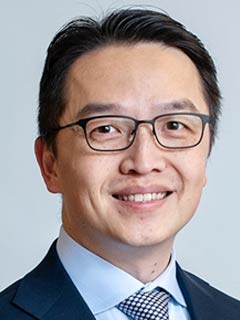HOW CAN WE HELP YOU? Call 1-800-TRY-CHOP
Center for Craniofacial Innovation
Craniofacial surgery has a rich history at Children's Hospital of Philadelphia and the University of Pennsylvania Plastic Surgery. The Center for Craniofacial Innovation leverages key innovations in genomics, gene editing, and cell therapy to advance craniofacial and congenital conditions, and seeks to cultivate research programs with complementary strengths around the theme of craniofacial development and improving care of craniofacial conditions.
Scientists in the Center for Craniofacial Innovation study the basic and translational biology of craniofacial morphogenesis cranial neural and crest specification and development. We are also inherently interested in the basic biology of neural crest cell specification, migration, differentiation and potential for regeneration, and integrate the approaches of classical developmental and modern stem cell biology to explore human tissue regeneration and disease.
Our work will have a direct bearing on the discovery of drugs to mitigate malformation phenotypes and functional genomics of human candidate genes implicated in craniofacial disorders.
The fundamental lines of investigation in our center include molecular and cellular underlining of embryonic epithelial biology, epithelial mesenchymal transition, neural crest biology, gene regulatory networks, molecular basis of craniofacial morphogenesis, and the role of RNA alternative splicing in development and disease.
Related Labs
The Nah-Cederquist Laboratory builds on the strengths of CHOP's clinical practices and basic science research to find new solutions to clinical problems in pediatric plastic surgery by directly testing hypotheses born from clinical problems and taking new technologies and concepts developed in the lab to patient care.
The Liao Laboratory aims to translate fundamental discoveries to improve fetal diagnosis and treatment of congenital craniofacial conditions, and utilize complementary approaches working with collaborators across CHOP Research Institute to achieve this aspirational aim.


